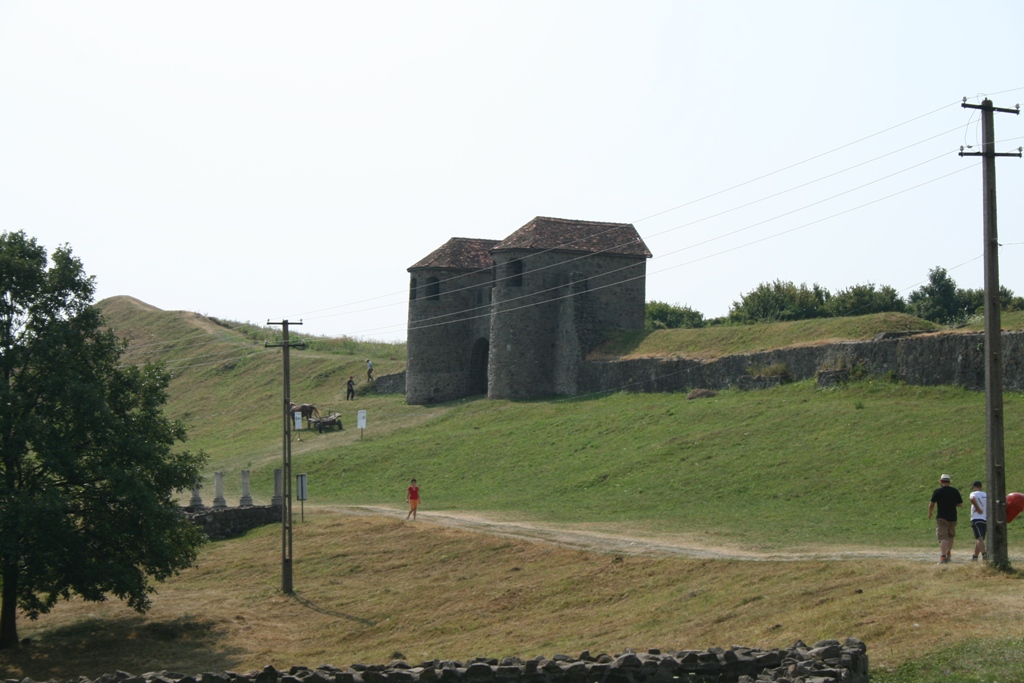Campaign 2009
After building a roof shelter to protect the site and installing a measurement-system, four trenches were opened, in which the participants worked together in international teams. Here, all parts of an excavation were teached: heavy and fine earth-works, surveying, recording (drawing, photographic and written documentation) etc. Students of Architecture measured the remains of buildings, and aspiring restorers started conservation of fragile finds. All participants were encouraged to participate in each other working groups to obtain practical insights into the neighboring disciplines.
In a 'lab' the finds were washed, sorted and archived for later analysis. Specific findings were drawn and photographed, and pottery recorded.
The excavations have shown that the building’s floor laying about 4 m below the present surface is well preserved. It consists of carefully laid brick panels. The walls constructed by opus incertum has still a height up to 1.70 m; they are curved at the preserved top, probably having supported a wooden roof construction. Since no roof tiles were found, the question of the covering of the roof is still open. The building’s function is still unclear and a matter of discussion.
The field-course was completed by trips to the salt mines of Turda, the gold mines at Roşia Montana in the Western Carpathians, the Roman settlement Apulum (Alba Iulia), the art nouveau Oradea and Transilvanian’s cultural capital Cluj-Napoca.
Find more on YouTube about Porolissum and the Campaign 2009
















